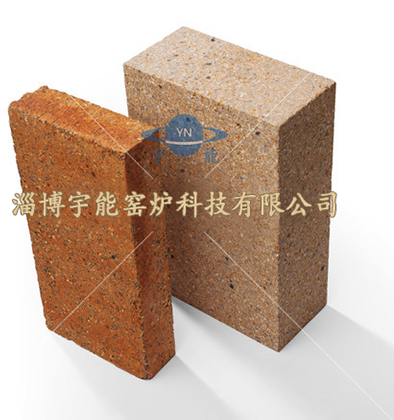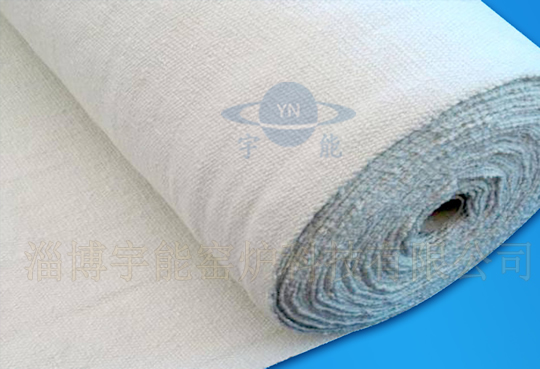Zibo Yunneng Kiln Technology Co. Ltd. Zibo Yunneng Kiln Technology Co. Ltd.
Free delivery samples
high quality assurance
Engineer's door-to-door guidance
lifelong technical support
Contact us+86159669653330086-533-5331887
Zibo Yunneng Kiln Technology Co. Ltd. Zibo Yunneng Kiln Technology Co. Ltd.
Free delivery samples
high quality assurance
Engineer's door-to-door guidance
lifelong technical support
Contact us+86159669653330086-533-5331887
Home -> News -> News -> Castable Technology ->
Alkaline refractory castables are castable refractories with magnesium oxide as the main component. They are classified into magnesium, magnesia, spinel, magnesium, magnesium siliceous and magnesium carbon. material.
The magnesia (periccite) refractory castable is composed of fused magnesia or sintered magnesia aggregate and fine powder. The magnesia refractory castable with high magnesium cement has high purity and small change rate after burning. The load softening temperature is high, but with the increase of the heat treatment temperature, especially between 400~1200°C, the magnesium hydroxide formed by the hydration of magnesia dehydrates and loses the cementation effect. The combination of refractory aggregate and powder Very loose, the solid phase reaction is very weak, resulting in a sharp drop in the strength of the refractory castable, which is prone to looseness and spalling. The water glass combined magnesia refractory castable has the advantages of high strength, strong resistance to alkali and sodium salt melt erosion.
However, due to the use of water glass as a binder to bring in a large amount of sodium oxide or potassium oxide and silicon dioxide, the fire resistance, load softening temperature and the like of the magnesium refractory castable are greatly reduced, thereby limiting the water glass combined castable Maximum use temperature. The polyphosphate-bonded magnesia refractory castable has the advantages of high post-burning strength, small decrease in strength with heat treatment temperature, high softening temperature and good thermal shock resistance, but at high temperatures (1400° C or higher) ), the strength of the magnesium castable is lowered due to the large amount of phosphorus pentoxide volatilized. Under normal circumstances, magnesium castables use sodium polyphosphate as a binder, and commonly used sodium tripolyphosphate, sodium hexametaphosphate and the like. In addition, in order to improve the high temperature strength of the magnesia refractory castable, an appropriate amount of calcium-containing material (such as calcium carbonate) is added to form a Na2O· 2CaO· P2O5 phase which has high bonding strength and stable at high temperature at a high temperature. However, it is difficult to overcome the problem of hydration by using any of the above-mentioned binders, and cracks are likely to occur during the drying process. Adding an appropriate amount of ultrafine silica powder can overcome the hydration problem.
The aluminum-magnesium refractory castable is composed of fused magnesia, sintered magnesia, fused or sintered magnesia-alumina spinel, fused corundum, alumina powder, high aluminum powder, etc., and the binder is water glass and silicon oxide. And alumina ultrafine powder, calcium aluminate cement, phosphate and so on. The aluminum-magnesium refractory castable has thermal shock resistance due to the presence of aluminum-magnesium spinel or the formation of magnesium-aluminum spinel during heating, which buffers the thermal stress inside the material, and is also resistant to thermal shock. There is a large amount of aluminum-magnesium spinel in the material, so it has a strong inhibition of osmosis.
Magnesia-silica refractory castables include castables configured with forsterite and castables configured with magnesia and silica fume. Castables formulated with magnesium oxide and silica ultrafine powder have the advantages of good construction performance and low water consumption. When 12% silicon powder is added to the castable, a castable with minimal residual shrinkage can be obtained. As the amount of silica added increases, the degree of erosion of the cast slag tends to increase, and the penetration depth of the slag tends to decrease.
The magnesia-chrome refractory castable is composed of fused magnesia chrome or waste magnesia chrome brick and its fine powder, or is composed of magnesia, chromite or chromium oxide. The binder is mainly composed of phosphate and aluminum. Calcium acid cement, knot and clay, magnesium sulfate, potassium dichromate, oxide ultrafine powder, etc., but the use of polyphosphate is better. The use of a combination of sodium polyphosphate and a calcium-containing material results in a stable Na2O & middot; 2CaO & middot; P2O5 with high binding strength at low to high temperatures. When the CaO/P2O5 ratio is between 1.6 and 1.9, the thermal bonding strength is the highest. Since SiO2 has a pyrolysis effect on Na2O· 2CaO· P2O5, the content of SiO2 should be strictly controlled in the magnesia-chromic castable. Magnesia-chromium castables have the advantages of high use temperature, high temperature volume stability, and strong slag resistance.
The magnesium carbon refractory castable is composed of fused or sintered magnesia, graphite, asphalt, and liquid phenolic resin. In order to improve its strength and oxidation resistance, it is necessary to add an appropriate amount of metal powder (such as aluminum powder, silicon powder, magnesium powder, silicon calcium powder, etc.); in order to control the curing time, an organic acid is required as a curing agent. Magnesium carbon castables can be cured at room temperature without heating. Once cured, it does not soften, deform, and has a stable strength when heated, but its curing time is more difficult to control than other castables.
The magnesium-containing aluminum spinel refractory castable is composed of various corundum, magnesia, high alumina bauxite and natural synthetic magnesium aluminum spinel aggregate and powder thereof. The binder is pure calcium aluminate cement, ultrafine silica powder, ultrafine alumina powder or polyphosphate. Because the natural fuel synthetic magnesium aluminum spinel has the advantages of high temperature resistance, small thermal expansion coefficient, corrosion resistance to molten steel and steel slag, it has better use effect than the aluminum-magnesium castable of magnesium-aluminum spinel produced in use.
Application: Alkaline refractory castable can be widely used in ladle lining, RH, DH vacuum nozzle lining, furnace bottom, converter permanent lining, cement rotary kiln lining, incinerator lining, non-ferrous metal smelting, glass, etc. Lining of industrial furnaces.
Relevant Product Display
 Magnesium-aluminum spinel brick
Magnesium-aluminum spinel brick
 Phosphate castable
Phosphate castable
 Alkali resistant refractory castable
Alkali resistant refractory castable
 Ceramic fibre cloth
Ceramic fibre cloth
Relevant information
Hotline